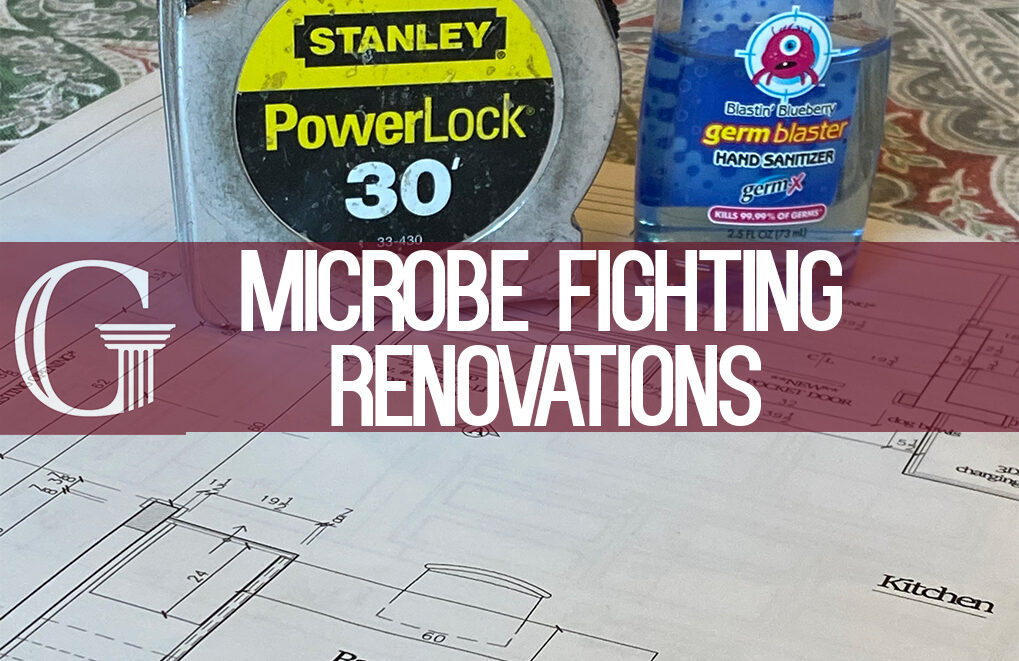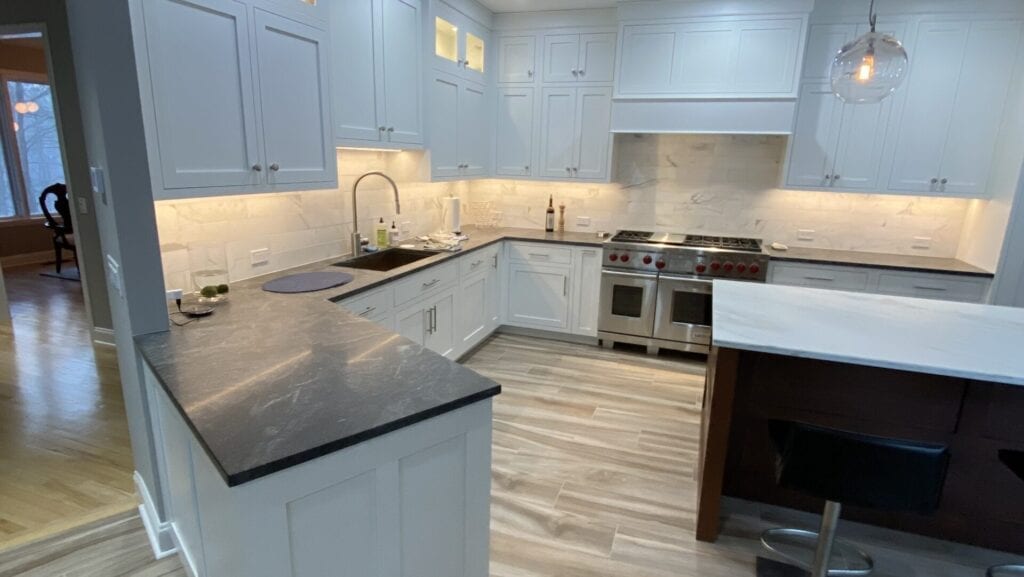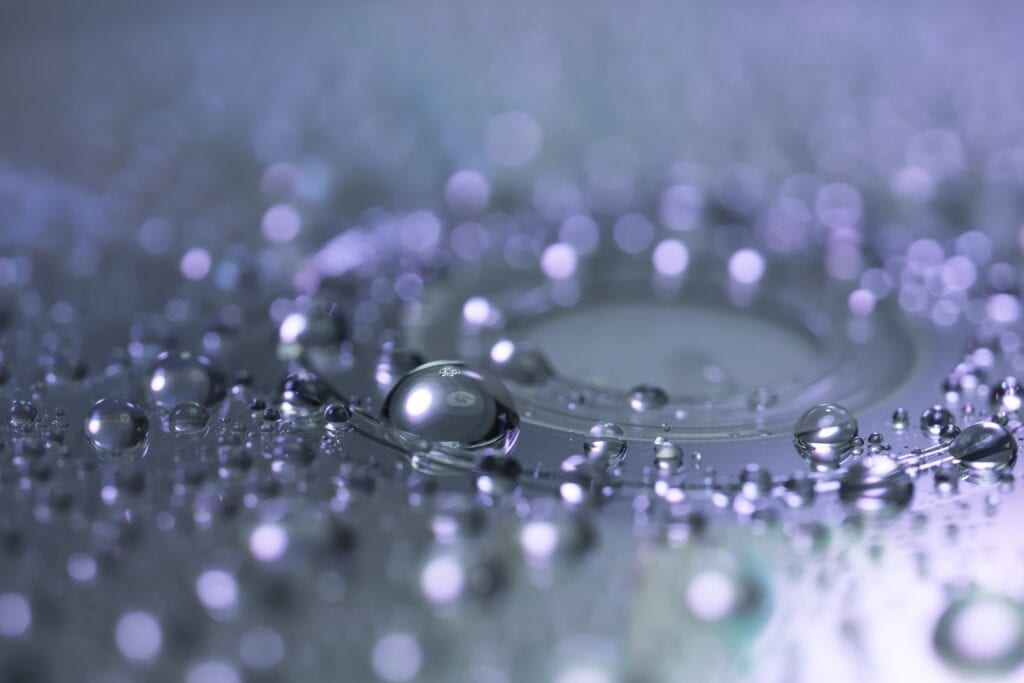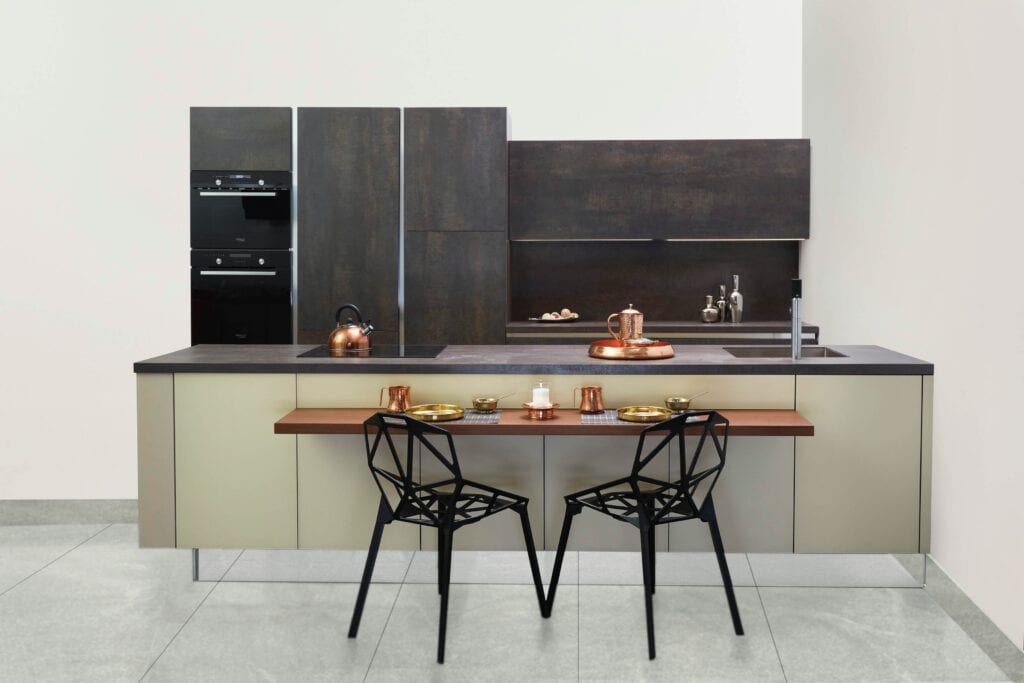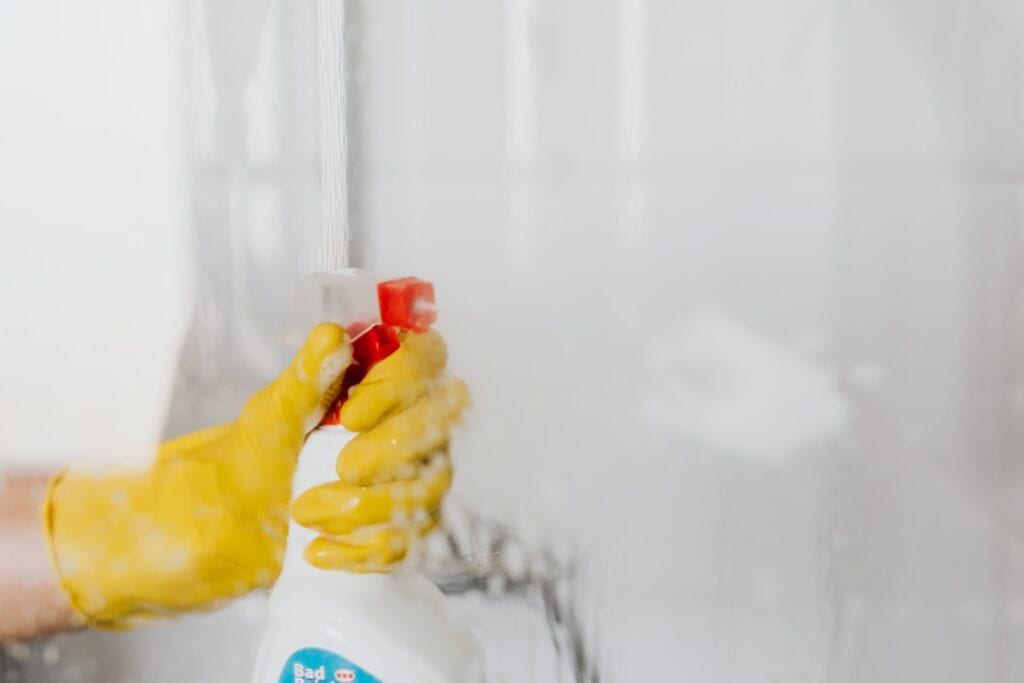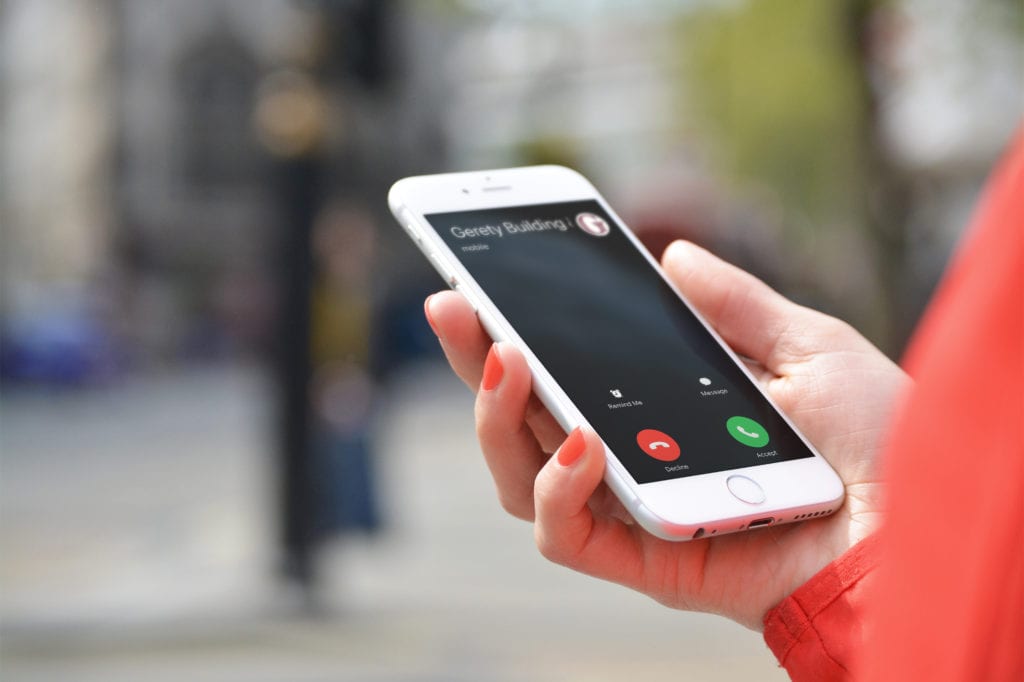With the emergence of Covid-19, fighting microbes and bacteria is on all of our minds. We are all doing our best to ensure we stay safe, while keeping others safe from this virus. This includes things like wearing a mask, sanitizing surfaces and washing hands frequently.
What most people don’t know however, is that there are a lot of building materials you can use in your home to create a space where microbes and viruses struggle to survive. In recent years, contractors have begun using these materials for their anti-microbial properties for cosmetic reasons as well as practical reasons. They can range from hard and soft materials to coatings and films that are infused in typical building materials. This won’t make your home totally microbe free, but can help reduce their ability to grow and survive in your environment. You will still have to clean of course, but your cleaning will be far more effective in terms of sanitization.
For this blog, I’ve broken down the top anti-microbial materials and the benefits they have so you’re aware of all the options that are on the table for your next renovation.
1. Anti-Microbial Hard Materials
Some of the best materials to fight microbes are hard materials. Hard materials are often extremely non-porous, which means that microbes don’t have the ideal conditions to grow and spread. These surfaces are usually so smooth that it makes them easier to clean, and leaves no remaining biofilm in voids after wiping.
Granite, one of the most popular and common hard materials used for surfaces, is extremely porous. Some examples of hard materials that are non-porous, therefore naturally anti-microbial, are Cristalite and Silestone Volanco. Both of these materials are made up mostly of quartz and then a bit of acrylic. This makes the material extremely smooth compared to regular stone granite and makes them thirty times more hygienic. The biggest difference between these two options is that Cristalite has more of a sheen, while Silestone Volanco has a soft volcanic rock like texture without losing its anti-microbial properties.
With hard surfaces being so common in countertops throughout the world, it’s important to know all your options in what materials you can use. You can often find the exact look and texture that is aesthetically pleasing to your taste, while building smart to stop microbes in their tracks!
2. Anti-Microbial Soft Materials
On the other end of the spectrum are anti-microbial soft materials. One of the most effective soft materials used to fight microbes, and by far the most common one, is silver.
Silver has been known to have anti-microbial properties for thousands of years and was even used in ancient civilizations to discourage bacteria growth in their storage containers. Today manufactures infuse silver into their products and the silver ions act as a microbe defense mechanism. They kill 99.9 percent of any harmful microbes that come into contact with them, which includes viruses, mildew and mold. A surprising place you will find this type of infusion is in fabrics, which can be used around the home for wiping down surfaces and is a great cost effective alternative to replacing surfaces with silver infused hard materials.
3. Anti-Microbial Coatings & Films
One of the best ways to build smart and create anti-microbial spaces is by using certain coatings and films.
Anti-microbial copper is one of the most popular coatings that builders use to create microbe fighting handrails, surfaces and door handles. While I’m sure a certain soft metal comes to mind when you think copper, anti-microbial copper is actually a unique family of copper alloys suited to act as a coating. It is also extremely malleable and easy to polish into any desired color or texture, which makes it a builders dream.
A very interesting new product that has been released is called Sharklet. Inspired by the contours and ridges of a sharks skin, which makes them extremely microbe resistant. This coating mimics those contours and ridges, which leaves microbes no legs to stand on. They cannot find any ideal locations to multiply through their colonization process and eventually die off. Through laboratory tests, scientists have found that it is about 80% more effective than an untreated surface.
4. Microban & Other Bactericide Infused Products
Some of the most interesting materials used to created natural microbe fighting spaces in homes are ceramics or other hard materials infused with bactericide like Microban.
Microban is a chemical treatment that can be infused into products to make them naturally bacteria, mildew and mold resistant. Products infused with this bactericide are great for places like bathrooms, particularly shower bases, because not only do they protect your health but they don’t create that orange mold that can be so common in showers. They also sell cleaning products that are shown to be highly effective against keeping surfaces clean for hours, which makes them a must have in the kitchen cabinet. Other companies offer bactericide infused products, like Bios.Antibacterial Ceramics, which offers ceramic surfaces infused with propriety mineral particles during the processing stages. These particles generate a highly effective anti-microbial reaction when they come in contact with bacteria, keeping surfaces clean because they cannot form a strong enough biofilm to get you sick.
These products can come with a higher price tag, but they are worth it in the long run. They protect you and your family from dangerous microbes but also help keep bathrooms and surfaces looking brand new!
Take advantage of the peace of mind these materials can bring!
If you are thinking of updating your kitchen, bathroom or even at home bar to be safer and cleaner as we work towards a microbe free future; we can deliver on all your home renovation needs even now. Trust the experts at Gerety Building & Restoration, who you can trust to turn your home into a microbe fighting machine!
Tell us your vision, and we’ll make it a reality.

